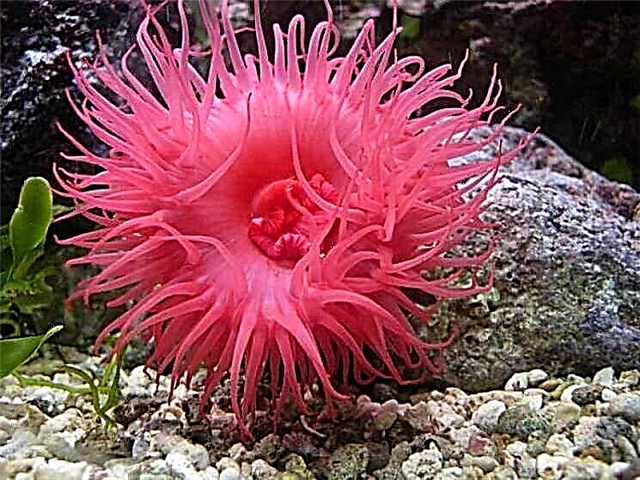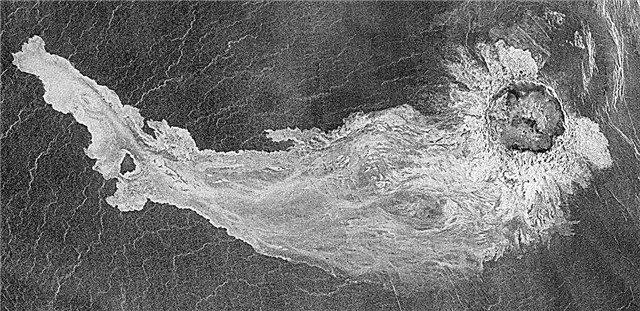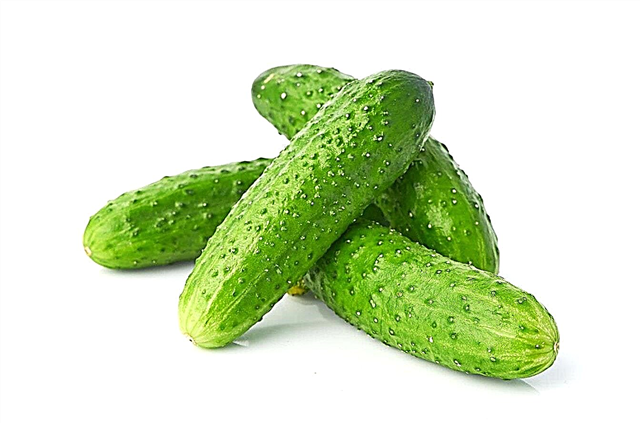
Blue ocean Clear water is blue.
This color is very weak, so in a small glass it is invisible. But if we pour water into a huge glass aquarium, we will see a distinct blue tint of water.
What determines the color of water?
The color of water depends on the characteristics of the absorption and reflection of light by water molecules. White light, for example sunny, can be decomposed into its constituent colors. The combination of these colors is called the spectrum. The spectrum of white light consists of rainbow colors. Water molecules absorb light in the red-green part of the spectrum. The rays of the blue part of the spectrum are reflected by molecules. Therefore, we perceive the color of water as blue.
However, in natural reservoirs, the color of water can be very diverse. In the middle of the ocean, the water has a deep dark blue, almost purple, color. Along the coastline, the shades of water vary from blue to green and yellow-green. Why is there such a difference? A variety of shades depends on what kind of particles are suspended in the water and what is the depth of the reservoir.

Near the coast, ocean water is filled with small floating plants and organic particles that enter it from land. Just like their earthly counterparts, aquatic plants called phytoplankton contain chlorophyll. Chlorophyll absorbs the rays of the red and blue parts of the spectrum, and reflects green light. Therefore, near the shore, water often has a green tint.
Water color and depth
The deep blue waters of the ocean are like deserted white deserts - and here and there is very little life. If you look from space, you can see which oceans abound in life and which do not. Green waters, like the tropical jungle of the continents, are filled with life. The deep blue waters are poor in life and are similar to the white lifeless deserts of land.
The absorption of light by particles suspended in water changes the perception of color even under water. Imagine diving into a yellow submarine. Close to the surface, your submarine will look exactly in accordance with the original color - yellow. However, the deeper you dive, the greater the distance the light must travel from the surface in order to reach the submarine.
When it sinks to a depth of 30 meters, most of the rays of yellow, orange and red will be absorbed by water molecules. The rays of the blue and green parts of the spectrum reach the boat. And your submarine will look not yellow, but blue-green. If you dive even deeper, green rays will be cut off. The submarine now appears dull blue.
The turbid waters of the ocean, in which organic residues are suspended, absorb more light than clear, clear water. Therefore, when immersed in muddy water, darkness comes faster.












